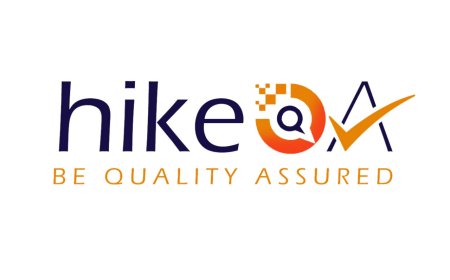How Messaging Systems Help During School Emergencies
Messaging Systems

In moments of crisis, every second counts. Whether its a weather-related closure, a security threat, or a health emergency, schools need a fast, reliable way to reach staff, students, and parents. This is where a school messaging system plays a vital role.
Modern emergency alert systems for schools are more than just mass-text platformstheyre real-time, multi-channel communication lifelines that help ensure safety, coordination, and clarity when it matters most.
1. Real-Time Alerts That Reach Everyone
In emergencies, delays can lead to confusionor worse. A school messaging system allows administrators to:
-
Send real-time alerts via SMS, email, push notifications, and even voice calls
-
Ensure messages are received instantly by all stakeholders
-
Customize notifications for different groups (e.g., staff-only, parents, bus drivers)
This multi-channel delivery ensures critical information never gets missed.
2. Centralized Control for Fast Decision-Making
During an emergency, time is limited and chaos can escalate quickly. A centralized emergency alert system for schools lets decision-makers:
-
Draft and send pre-approved emergency messages with a few clicks
-
Access templates for common scenarios (lockdown, evacuation, closures)
-
Monitor delivery and open rates in real-time
This eliminates guesswork and helps administrators act with confidence and speed.
3. Two-Way Communication for Better Coordination
Advanced school messaging systems offer two-way messaging, allowing:
-
Staff to report incidents or confirm receipt of instructions
-
Parents to ask for clarification or report student absences
-
Emergency teams to coordinate with on-site personnel
This reduces confusion and helps streamline response efforts.
4. Keeps Parents Informed and Reassured
When emergencies hit, parents need one thing: clear and timely communication. A school messaging system helps schools:
-
Reassure families with verified updates
-
Prevent panic by sharing accurate information
-
Provide clear next steps (e.g., pick-up instructions, safety procedures)
When parents know their children are safe and the school is in control, trust is strengthenedeven during difficult times.
5. Complies with Safety Regulations and Record-Keeping
Reliable messaging systems also help schools stay compliant with safety protocols and education regulations by:
-
Keeping records of all sent messages and delivery logs
-
Supporting audit trails for post-incident reviews
-
Ensuring communication is secure, private, and FERPA-compliant
This not only improves emergency response now but helps schools learn and improve over time.
Final Thoughts
Emergencies are unpredictablebut communication shouldnt be. With a robust school messaging system in place, schools can respond quickly, communicate clearly, and keep their communities safe and informed. If your school doesnt yet have a reliable emergency alert system, now is the time to invest in one thats built for education.
Because when the unexpected happens, the right message at the right time can make all the difference.







































